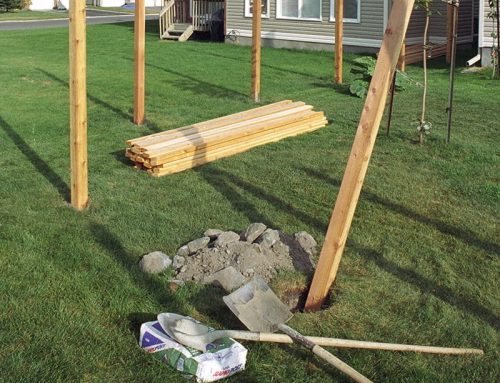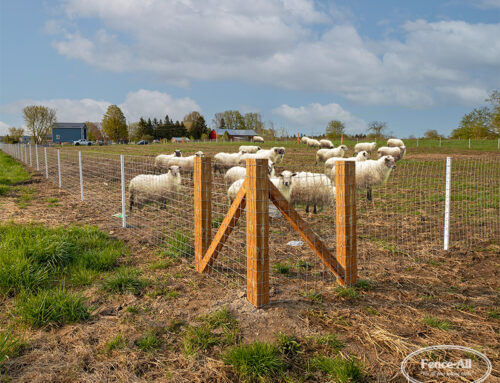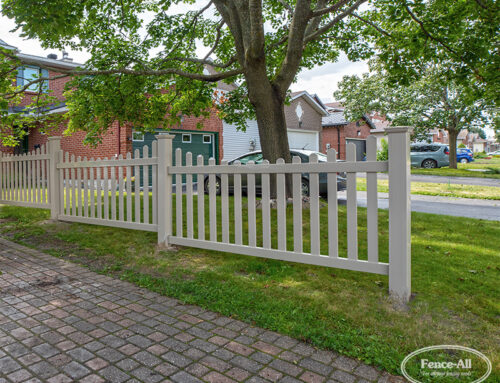Commercial fencing is more expensive than its residential equivalent. The main reason: the components are made from a heavier grade of material. Typically the aesthetic element that is prevalent in residential applications takes a backseat to the strength of the fence. Security is usually the first concern for a commercial system and that calls for a stronger fence.
Iron
Our residential iron posts are 2″x2″, the pickets are 5/8″x5/8″, and the rails are 1″x1″. For industrial iron these sizes are upgraded to 2-1/2″x2-1/2″, 1″x1″, and 1-1/2″x1-1/2″ respectively. Most of our residential models can be done in an industrial grade.

Residential Marquee pickets (top) vs. Industrial (bottom)
Chain Link
Residential chain link terminal posts are typically 1-7/8″OD, line posts 1-1/2″OD, and rails 1-1/4″OD. Industrial grade terminals start at 3″OD, line posts at 2-3/8″OD, and rails are 1-11/16″OD. Residential mesh is usually 11GA wire covered in plastic that brings it to a 9GA size (the lower the gauge the thicker the wire). Galvanized industrial mesh starts at 9GA on its own without any covering.
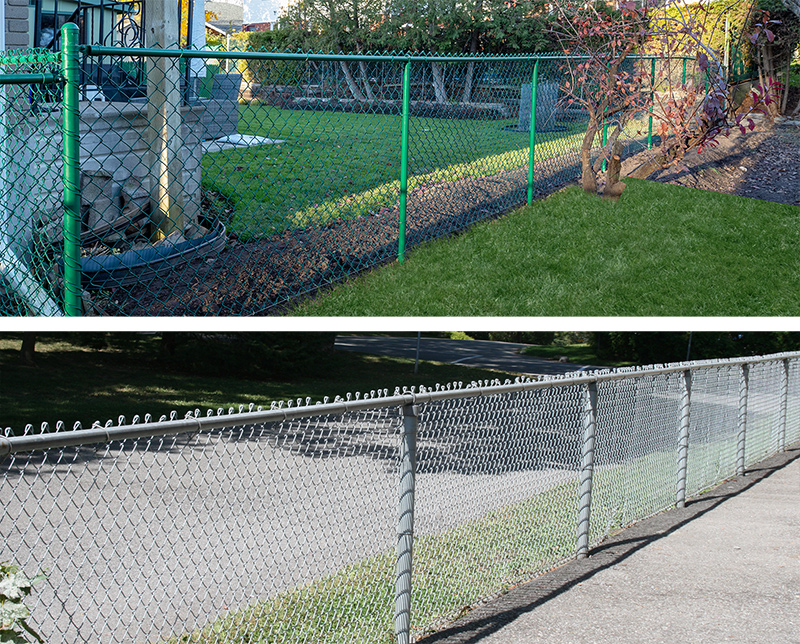
Residential Chain Link (top) vs. Industrial (bottom)
Wood
Residential wood fences typically have 4″x4″ posts. For industrial applications we suggest a minimum 6″x6″ size for the posts. The other lumber sizes can vary depending on the fence design but the strength always starts with the posts. Mid rails are another common upgrade.
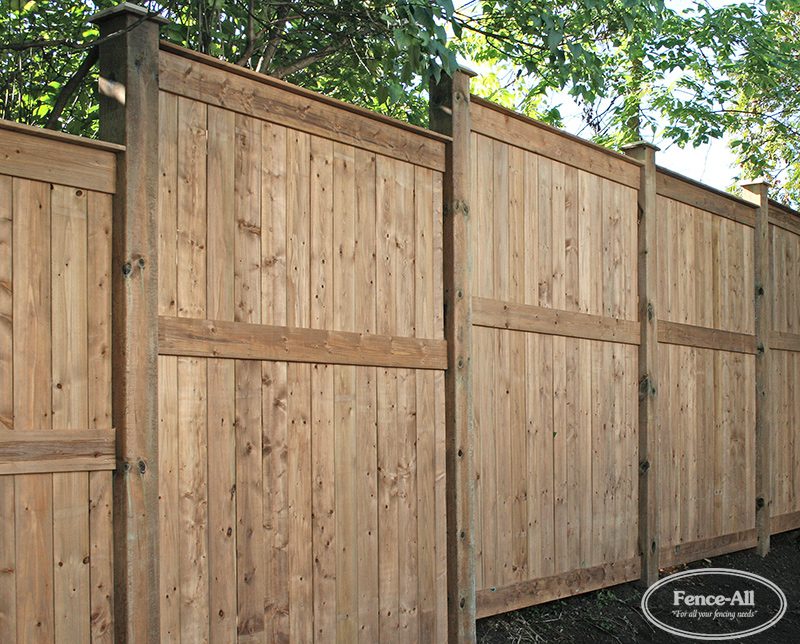
6×6 posts and mid rails are typical upgrades for industrial wood fences.
More questions?
If you have more questions about commercial fencing or other subjects we’re happy to answer them. Call 613-736-1122 or hit the chat button on the right during business hours.


